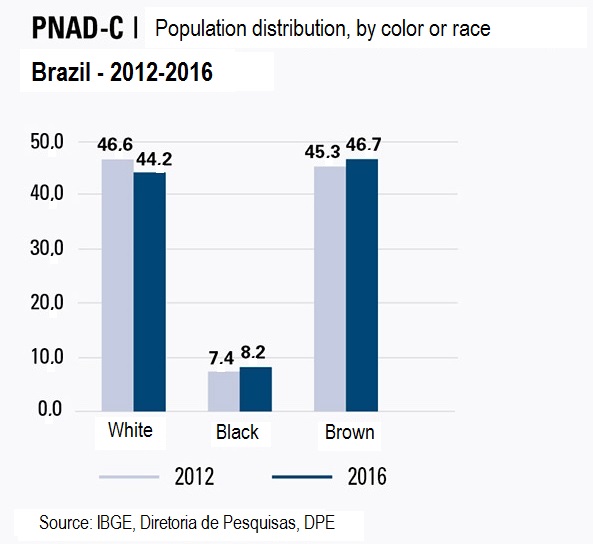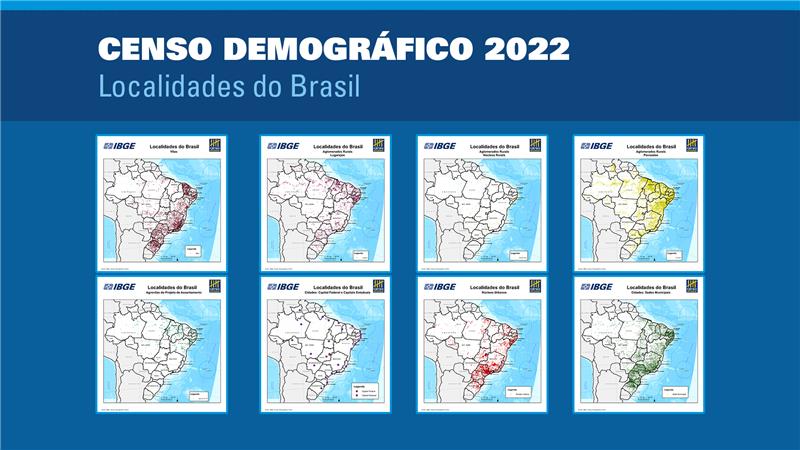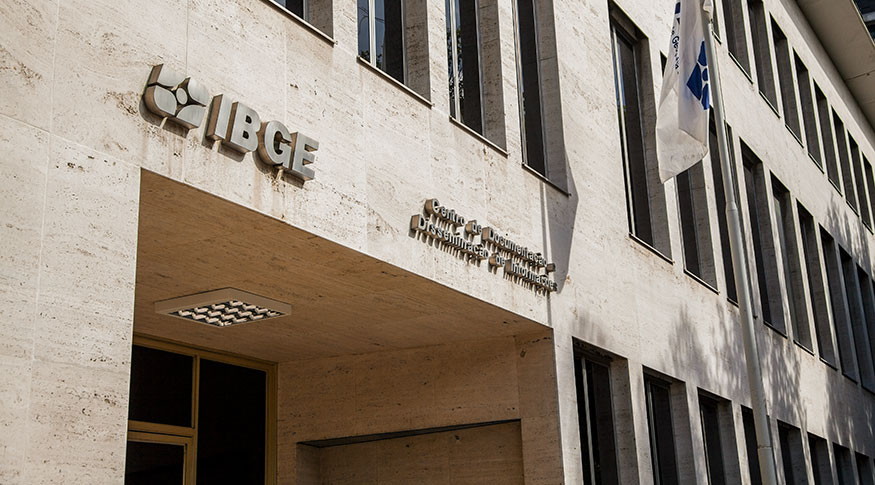Population reaches 205.5 million, with fewer whites and more blacks and browns
November 24, 2017 10h00 AM | Last Updated: November 24, 2017 06h45 PM
The white population decreased by 1.8% between 2012 and 2016, amounting to 90.9 million, whereas the browns increased 6.6% and blacks, 14.9%, reaching a total 95.9 million and 16.8 million, respectively. The Brazilian population amounted to 205.5 million, with an increase of 3.4% against the 2012 figure. These data are presented the thematic module "Residents", of the 2016 National Household Sample Survey, released today by the IBGE.
The survey shows that, between 2012 and 2016, the white population fell from 46.6% to 44.2% of the resident population, whereas the browns increased from 45.3% to 46.7% and the black population, from 7.4% to 8.2%.

There are striking regional differences in the composition of the population by color or race, and that can be explained by the process of occupation of those places. In the South, the self-reported white population amounted to 76.8%, in 2016, the brown population, to 18.7%, and the black population to only 3.8%. On the other hand, in the North Region, 72.3% of the population considered themselves to be brown, 19.5%, white, and 7.0%, black.
The manager of the survey, Maria Lucia Vieira, points out that the decrease of the white and the increase of the black population is a trend observed throughout the years. “Up to the 2000 Population Census, white persons had made up more than half of the total population, but, that year, blacks and browns outnumbered them.”
According to the researcher, two factors account for that result: “There is a tendency to miscegenation, that is, to an increase of the brown group due to the mixing of the populations. Another fact is the acknowledgement by he black population of their own color, leading to an increase in the group of self-reported blacks.”
The criteria adopted in questions related to color or race in the IBGE surveys is self-reporting, that is, the informant is the one to chooses which group they belong to. The PNAD manual recommends that the interviewer ask the informant to select one of the five options: white, brown, black or Indian. “Sometimes residents get confused with the categories, but after receiving some explanation they eventually select their own color and race,” adds Maria Lucia.
Text (in Portuguese): Adriana Saraiva
Photo: Tânia Rêgo - Agência Brasil
Design: Helga Szpiz

















